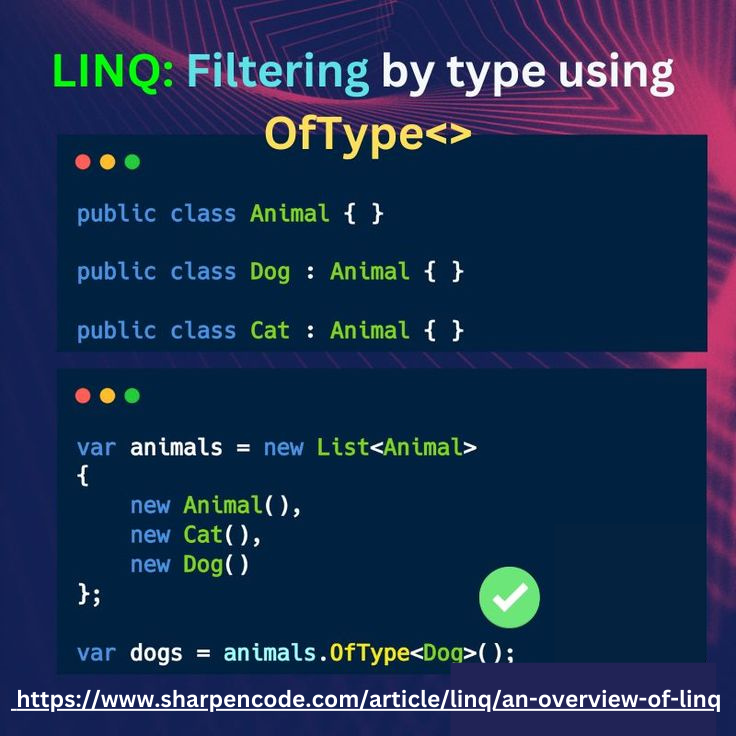LINQ Tutorial for Beginners: A Step-by-Step Guide

If you're new to LINQ (Language Integrated Query) and want to understand its capabilities, this LINQ tutorial for beginners will provide a structured approach to learning it effectively.
What is LINQ?
LINQ is a powerful feature in C# that allows developers to query different types of data sources using a consistent and readable syntax. Whether you're working with collections, databases, or XML files, LINQ simplifies data handling.
Why Should You Use LINQ?
-
Unified Querying: One syntax works for different data sources.
-
Readability & Maintainability: Queries are concise and easier to manage.
-
Performance Efficiency: LINQ optimizes data retrieval processes.
-
Compile-Time Checking: Reduces runtime errors.
Getting Started with LINQ
Before using LINQ, you need to import the System.Linq namespace in your C# project.
Query Syntax vs. Method Syntax
-
Query Syntax – Similar to SQL, easy to read and understand.
-
Method Syntax – Uses extension methods and lambda expressions for more power and flexibility.
Essential LINQ Operations
1. Filtering Data with Where()
Filtering elements based on conditions is done using the Where() method.
2. Sorting Data with OrderBy() and OrderByDescending()
Sorting data can be achieved using OrderBy() (ascending) and OrderByDescending() (descending).
3. Transforming Data with Select()
The Select() method allows data transformation and selection of specific attributes.
4. Grouping Data with GroupBy()
The GroupBy() function enables grouping similar data together.
5. Aggregating Data with Sum(), Average(), Min(), and Max()
Aggregation functions help in performing mathematical computations on datasets.
Using LINQ with Different Data Sources
1. LINQ with Collections
LINQ can be used to query arrays, lists, and dictionaries efficiently.
2. LINQ with XML
LINQ to XML simplifies XML querying and manipulation.
3. LINQ with Databases
Using LINQ to SQL or Entity Framework, you can perform database queries seamlessly.
Best Practices for LINQ Usage
-
Write Readable Queries – Keep your queries simple and maintainable.
-
Optimize Performance – Be mindful of execution costs, especially with large datasets.
-
Use Lazy Execution – Queries execute only when needed, saving resources.
-
Chain Methods Wisely – Efficiently combine multiple LINQ methods.
-
Analyze Query Execution – Monitor performance, particularly when working with databases.
Conclusion
This LINQ tutorial for beginners introduced LINQ fundamentals, syntax, and key operations. LINQ streamlines data manipulation and enhances code efficiency. With practice, you’ll be able to use LINQ effectively in various applications!
- Questions and Answers
- Opinion
- Motivational and Inspiring Story
- Technology
- Live and Let live
- Focus
- Geopolitics
- Military-Arms/Equipment
- Securitate
- Economy
- Beasts of Nations
- Machine Tools-The “Mother Industry”
- Art
- Causes
- Crafts
- Dance
- Drinks
- Film/Movie
- Fitness
- Food
- Jocuri
- Gardening
- Health
- Home
- Literature
- Music
- Networking
- Alte
- Party
- Religion
- Shopping
- Sports
- Theater
- Health and Wellness
- News
- Culture

